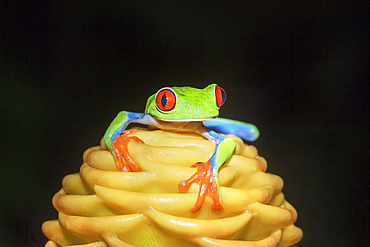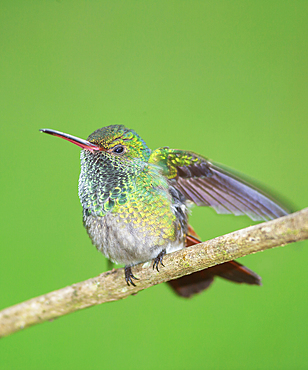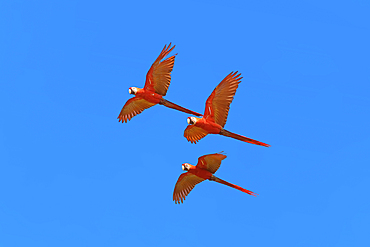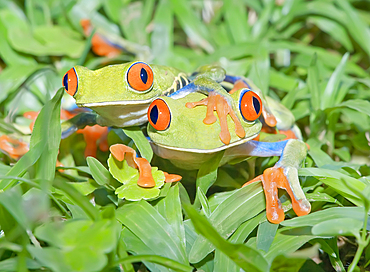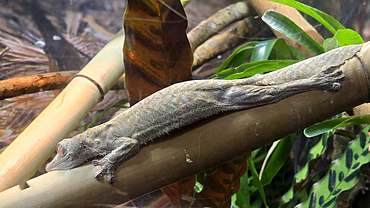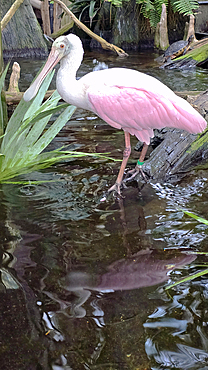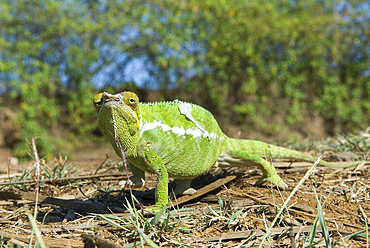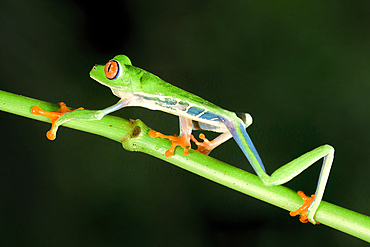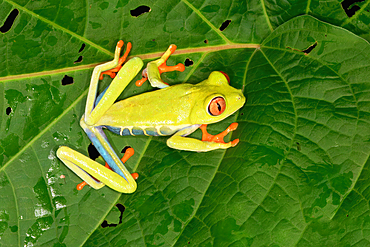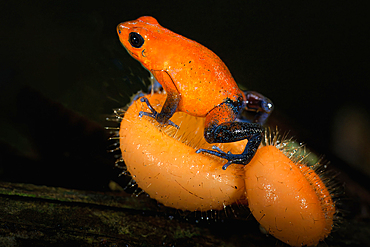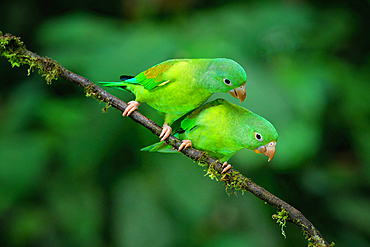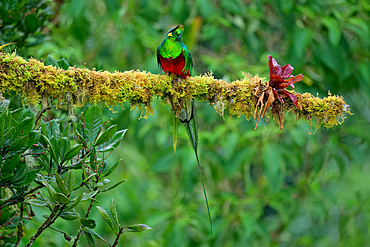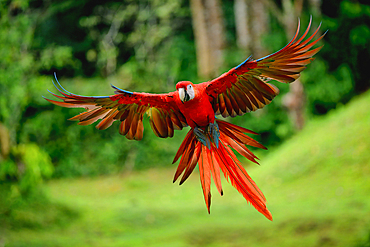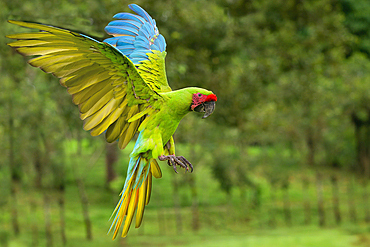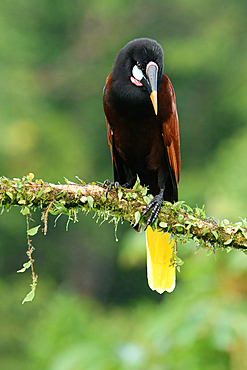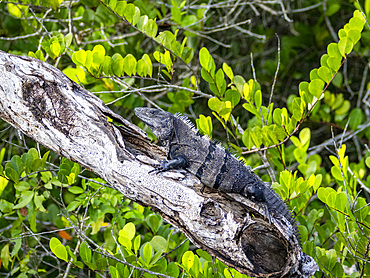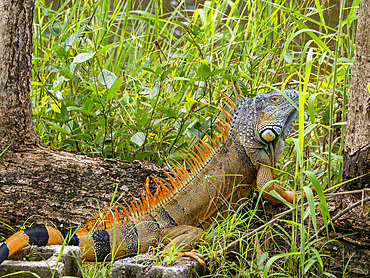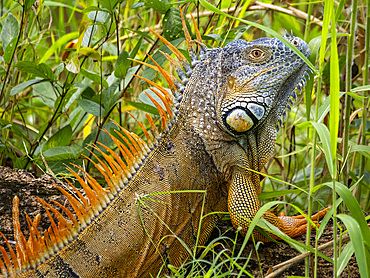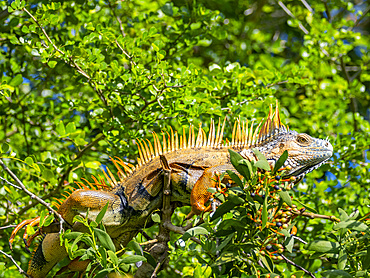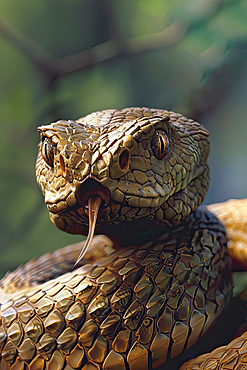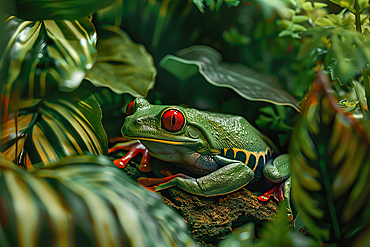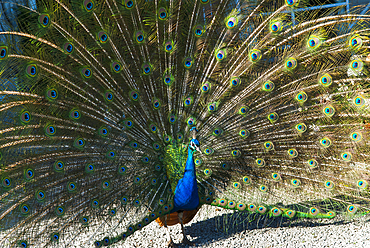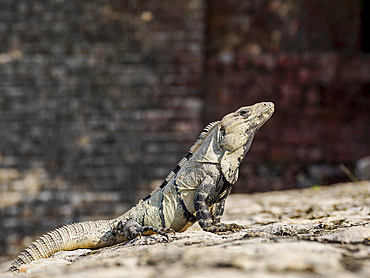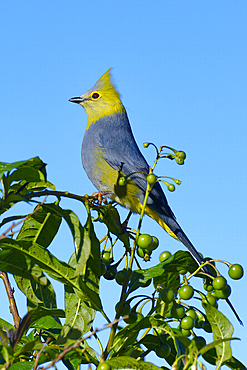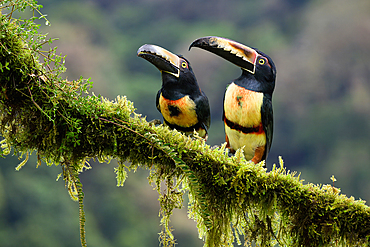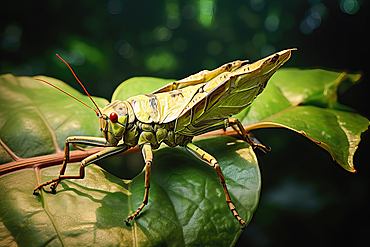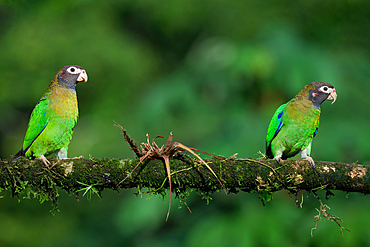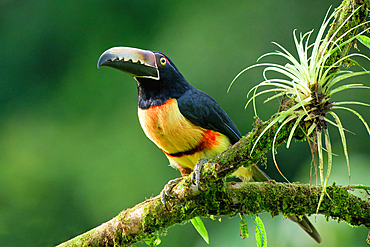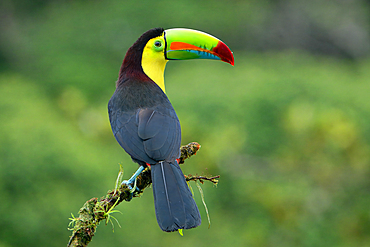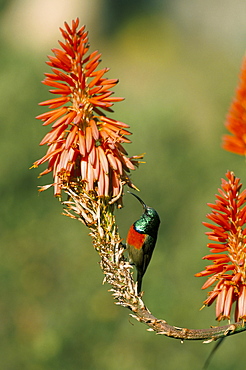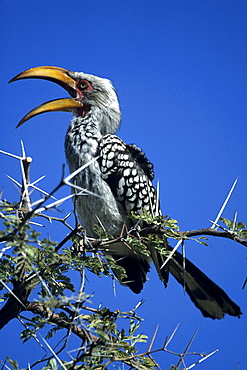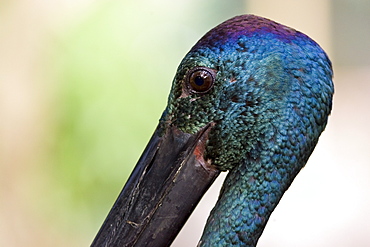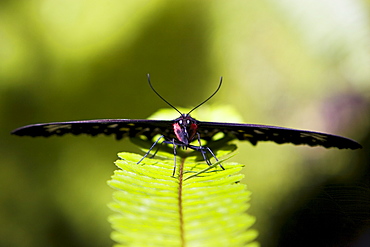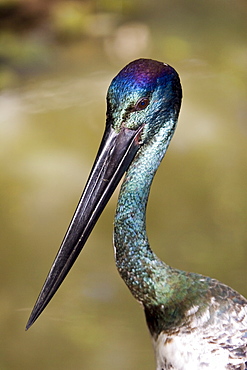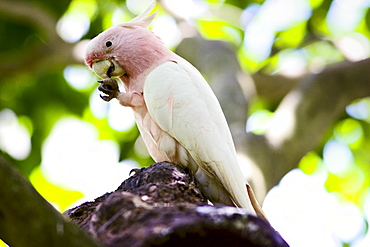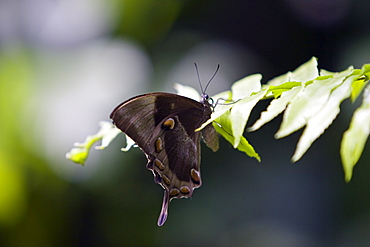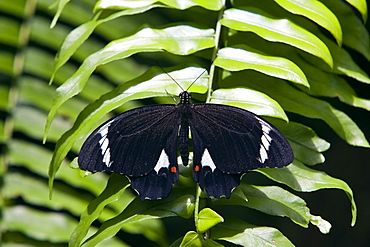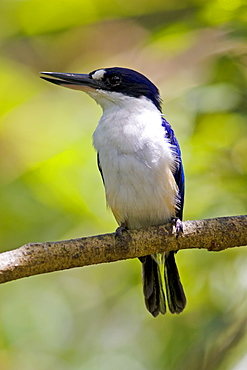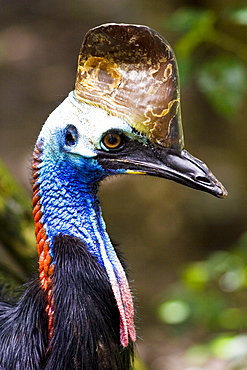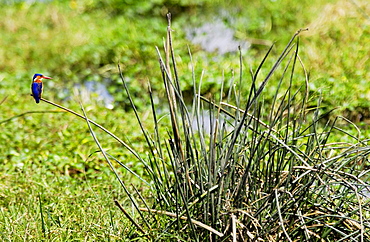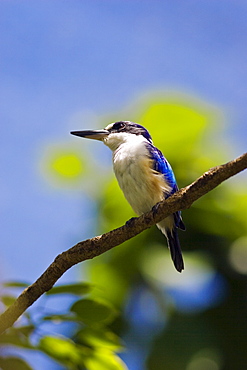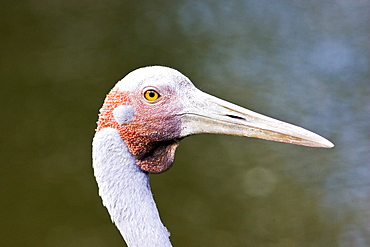Results
« Previous 1 2
190 results found

Galapagos Land Iguana (Conolophus subcristatus), large lizard can can grow to five feet long and live for 60 years, South Plaza island, Galapagos, UNESCO World Heritage Site, Ecuador, South America

Boa, Acrantophis madagascariensis, Strict Nature Reserve of Lokobe, National Park, Nosy Be island, Republic of Madagascar, Indian Ocean

Male Black lemur, Strict Nature Reserve of Lokobe, National Park, Nosy Be island, Republic of Madagascar, Indian Ocean

Tourist hand-feeding magnificent frigatebird (Fregata magnificens), at feeding station, Mesoamerican Barrier Reef, Belize
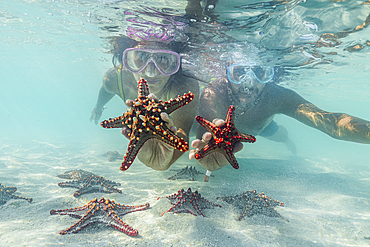
Man and woman with scuba masks showing starfish swimming underwater in the exotic lagoon, Zanzibar, Tanzania, East Africa, Africa
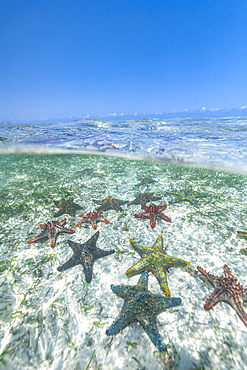
Exotic starfish under the breaking waves in the transparent water of the Indian Ocean, Zanzibar, Tanzania, East Africa, Africa

The endemic Galapagos marine iguana (Amblyrhynchus cristatus) in the Galapagos Island Archipelago, UNESCO World Heritage Site, Ecuador, South America
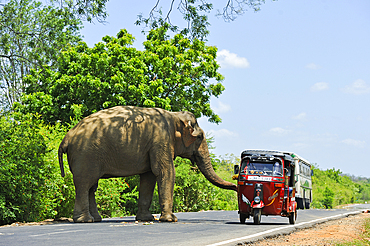
Free wild elephant waiting for gift from travellers on the edge of the road near Lunugamvehera National Park, Sri Lanka, Indian subcontinent, South Asia

Woman holding a young alligator. Boat trip to explore the mangrove at the Bentota River mouth, Bentota, Galle District, Southern Province, Sri Lanka, Indian subcontinent, South Asia
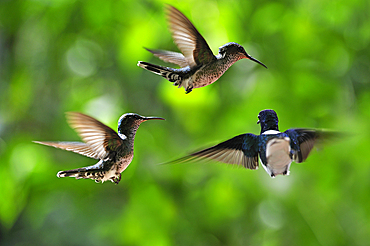
Florisuga mellivora (White-necked Jacobin) hovering, Soberania National Park, Republic of Panama, Central America
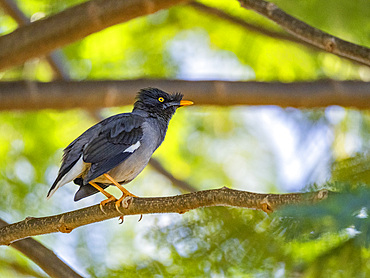
Jungle myna (Acridotheres fuscus), looking for insects at the Volivoli Resort grounds on Viti Levu, Fiji, South Pacific, Pacific
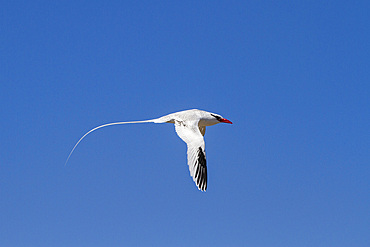
Adult red-billed tropicbird (Phaethon aethereus) in flight in the Galapagos Island Archipelago, UNESCO World Heritage Site, Ecuador, South America

Green chameleon camouflaged among lush foliage, displaying natural wildlife and adaptation at Kew Gardens, London, England, United Kingdom, Europe

Blue-footed booby (Sula nebouxii), in flight near Isla Salsipuedes, Baja California, Sea of Cortez, Mexico, North America
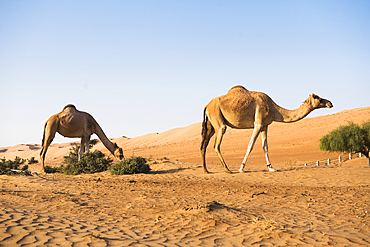
Camels in the Sharqiya Sands, formerly Wahiba Sands, desert region, Sultanate of Oman, Arabian Peninsula
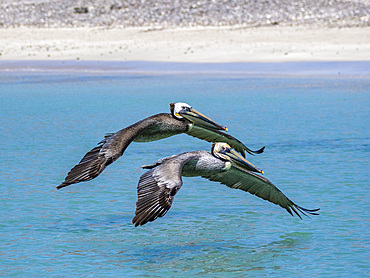
Adult brown pelicans (Pelecanus occidentalis), flying in formation, Isla Carmen, Baja California Sur, Mexico, North America
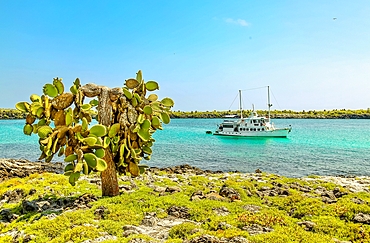
Opuntia (Prickly Pear) cacti on South Plaza island, Galapagos, UNESCO World Heritage Site, Ecuador, South America
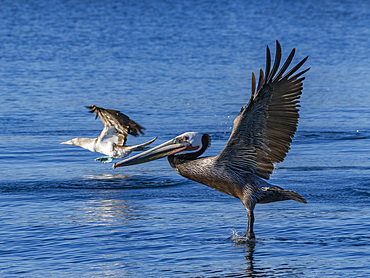
Adult brown pelican (Pelecanus occidentalis), taking flight on a small islet near Isla Salsipuedes, Baja California, Mexico, North America
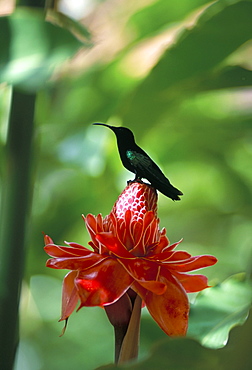
Blue headed colibri bird, Ancient Domaine Limbe, Sainte Marie Commune, Martinique, French Antilles, Caribbean, Central America
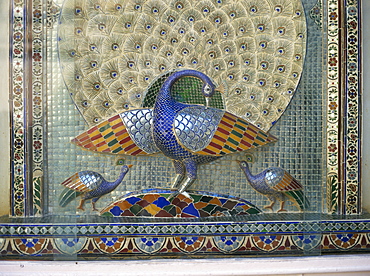
Glass mosaic peacock dating from the late 19th century, in City Palace (Mor Chowk), Udaipur, Rajasthan state, India, Asia
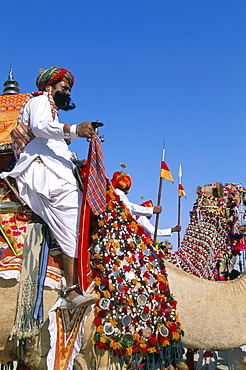
Camel adorned with colourful tassel and bridles, with camelier, Bikaner Desert Festival, Rajasthan state, India, Asia

One of the king's companions wearing folk dress, Ride of the Kings Festival, village of Vlcnov, Moravian Slovacko region, Vlcnov, Zlinsko, Czech Republic, Europe
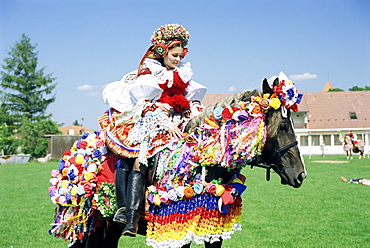
Young woman wearing folk dress on horseback, Ride of the Kings Festival, village of Vlcnov, Moravian Slovacko, Vlcnov, Zlinsko, Czech Republic, Europe
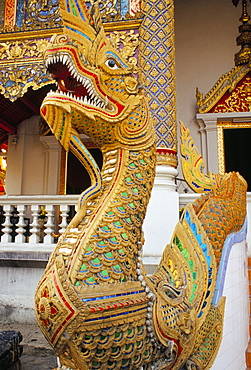
Naga (sacred snake), on chapel's front porch, Wat Chedi Luang, Chiang Mai, Thailand, Southeast Asia, Asia
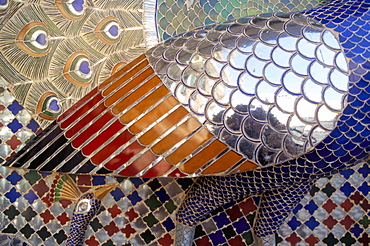
Close-up of decoration on the walls of the City Palace, built in 1775, Udaipur, Rajasthan state, India, Asia

Mexican aztec dress gods at Grand Palladium White Sand Resort and Spa in Riviera Maya, Yucatan Peninsula, Quintana Roo, Caribbean Coast, Mexico.
Aztec clothing was generally loose fitting and did not completely cover the body. When the Spanish arrived in Mexico, the people were surprised to see them in their full armour, with only their faces exposed.
Aztec clothes were generally made of cotton (which was imported) or ayate fiber, made from the Maguey Cactus (also called the Century Plant or American Aloe). Women would weave the fibers into clothing, a task girls were taught as young teenagers. Because of their vast trading network, the Aztecs were able to make use of a beautiful array of dyes, creating the brilliant
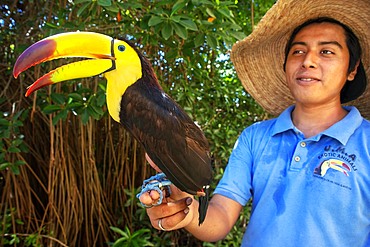
A Mexican staff member holds a tucan at Grand Palladium White Sand Resort and Spa in Riviera Maya, Yucatan Peninsula, Quintana Roo, Caribbean Coast, Mexico

Mexican aztec dress gods at Grand Palladium White Sand Resort and Spa in Riviera Maya, Yucatan Peninsula, Quintana Roo, Caribbean Coast, Mexico.
Aztec clothing was generally loose fitting and did not completely cover the body. When the Spanish arrived in Mexico, the people were surprised to see them in their full armour, with only their faces exposed.
Aztec clothes were generally made of cotton (which was imported) or ayate fiber, made from the Maguey Cactus (also called the Century Plant or American Aloe). Women would weave the fibers into clothing, a task girls were taught as young teenagers. Because of their vast trading network, the Aztecs were able to make use of a beautiful array of dyes, creating the brilliant
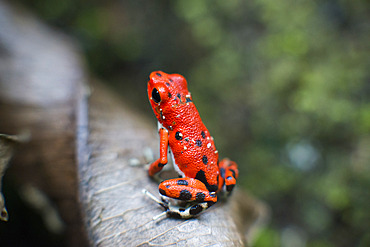
Strawberry Poison Frog (Dendrobates pumilio), adult, Bastimentos National Park, Bocas del Toro, Panama. The strawberry poison frog or strawberry poison-dart frog (Oophaga pumilio or Dendrobates pumilio) is a species of small amphibian poison dart frog found in Central America. It is common throughout its range, which extends from eastern central Nicaragua through Costa Rica and northwestern Panama. The species is often found in humid lowlands and premontane forest, but large populations are also found in disturbed areas such as plantations. The strawberry poison frog is perhaps most famous for its widespread variation in coloration, comprising approximately 15���30 color morphs, most of which are presumed to be true-breeding. O. pumilio, while not the most poisonous of the dendrobatids, is the most toxic member of its genus. The species is most diverse in Panama with varieties in vivid shades of all red, orange, blue, yellow or green, green and yellow, white with red, orange or black and spotted varieties. The most colorful mix is found in Isla Bastimentos Marine National Park though not all in one place. Colors vary by location. A beach on the north side of the island is named after the species. Two of Southern Explorations' Panama tours visit red frog habitat. Both the eight-day Panama Adventure trip and eleven-day Panama Highlights trip spend time in Isla Bastimentos Marine National Park and the former also goes to Red Frog Beach.
The red frog is not as poisonous as some of its cousins and is not a threat to humans. It subsists on a diet of ants that dine on poisonous plants, providing the red frog its protective skin toxin. Males attract females with a loud quick chirp. To hear the distinctive sound before you depart on your Panama tours, go to the University of Michigan Museum's biodiversity website (www.animaldiversity.ummz.umich.edu.) After birth, the tadpoles climb aboard the mother who deposits them in different protected areas where she retu
